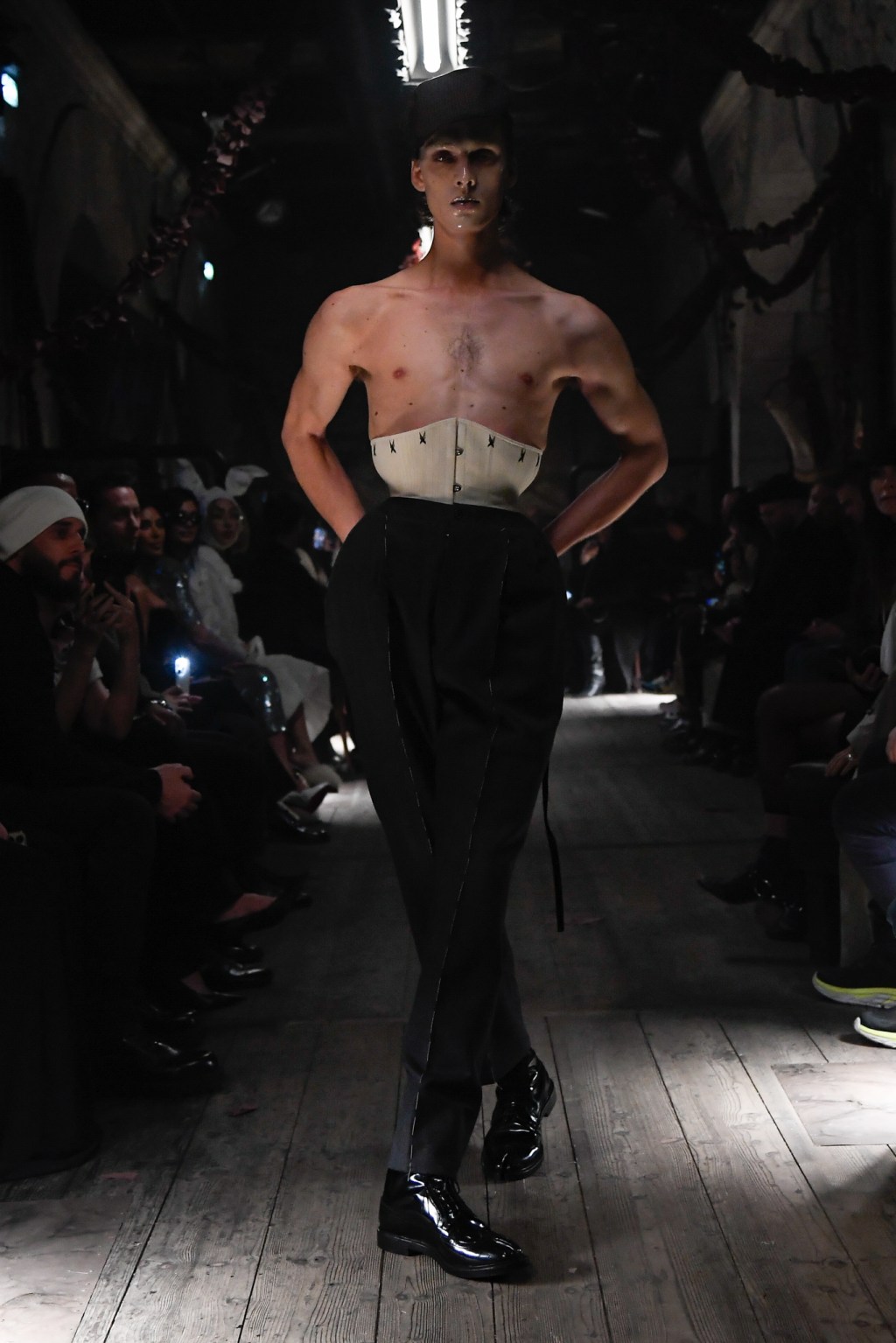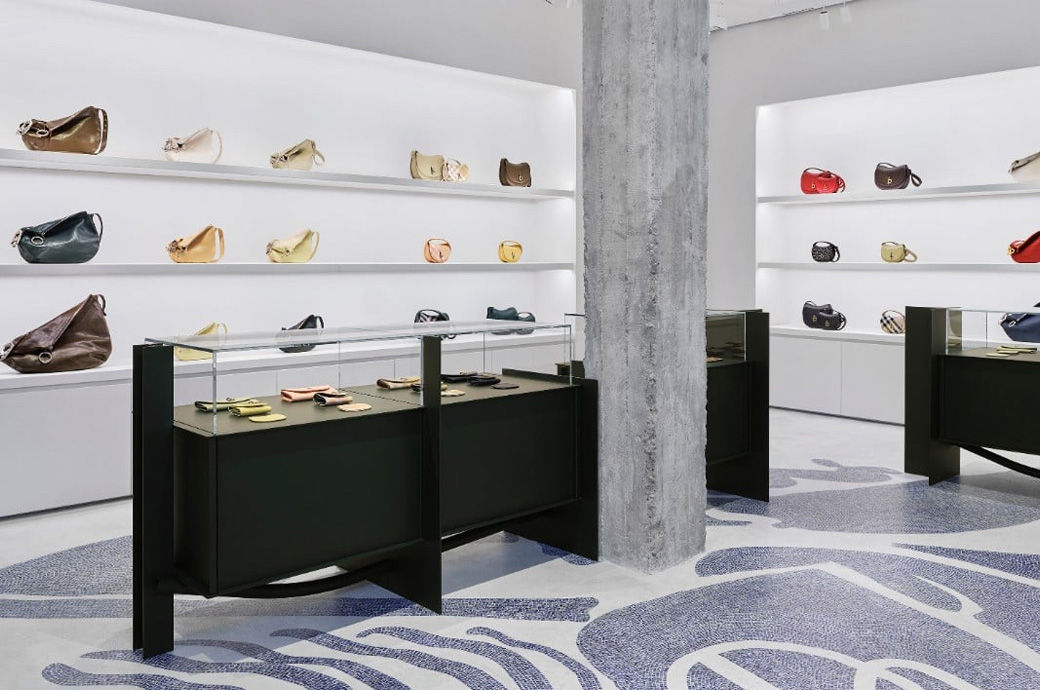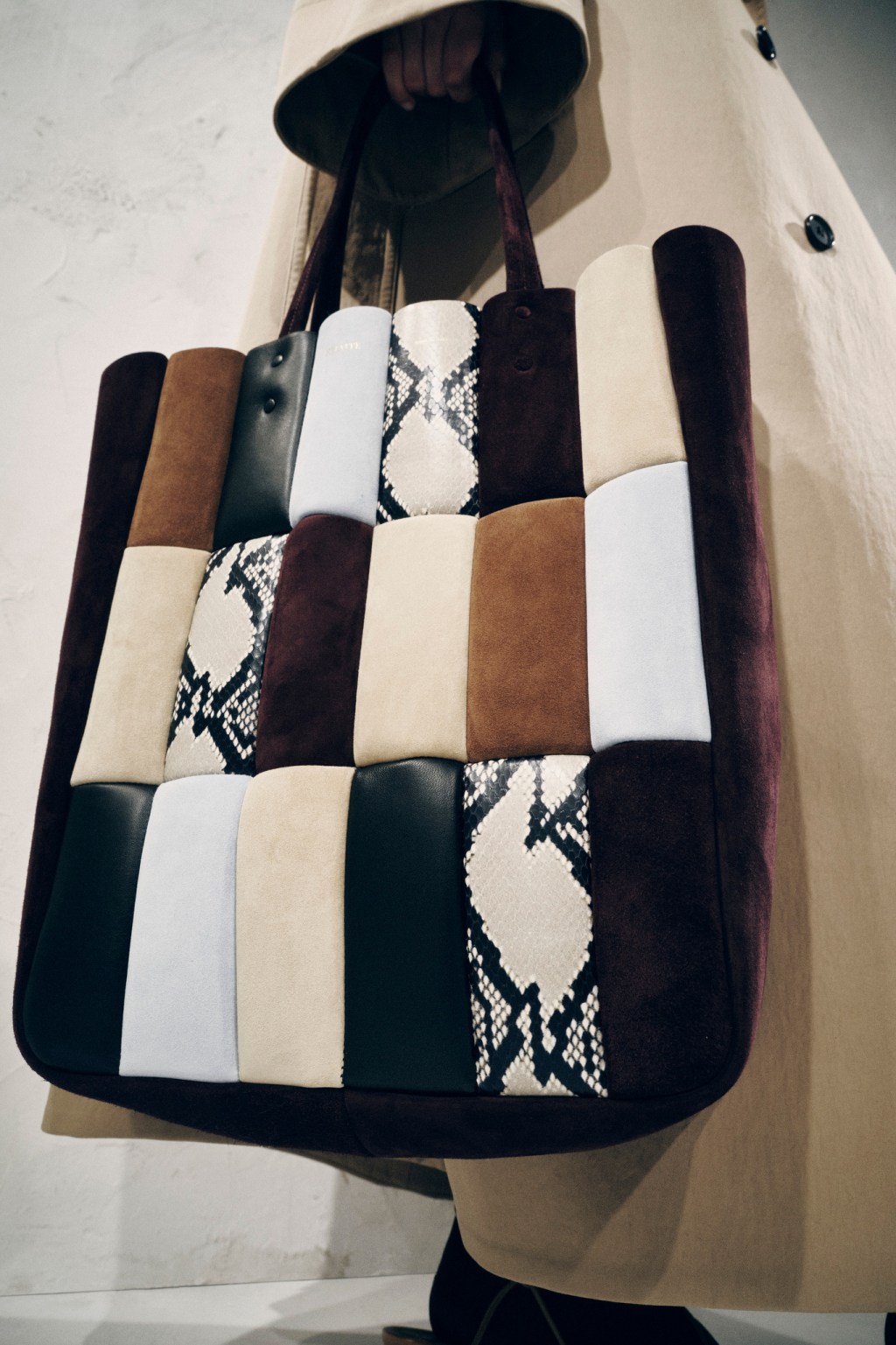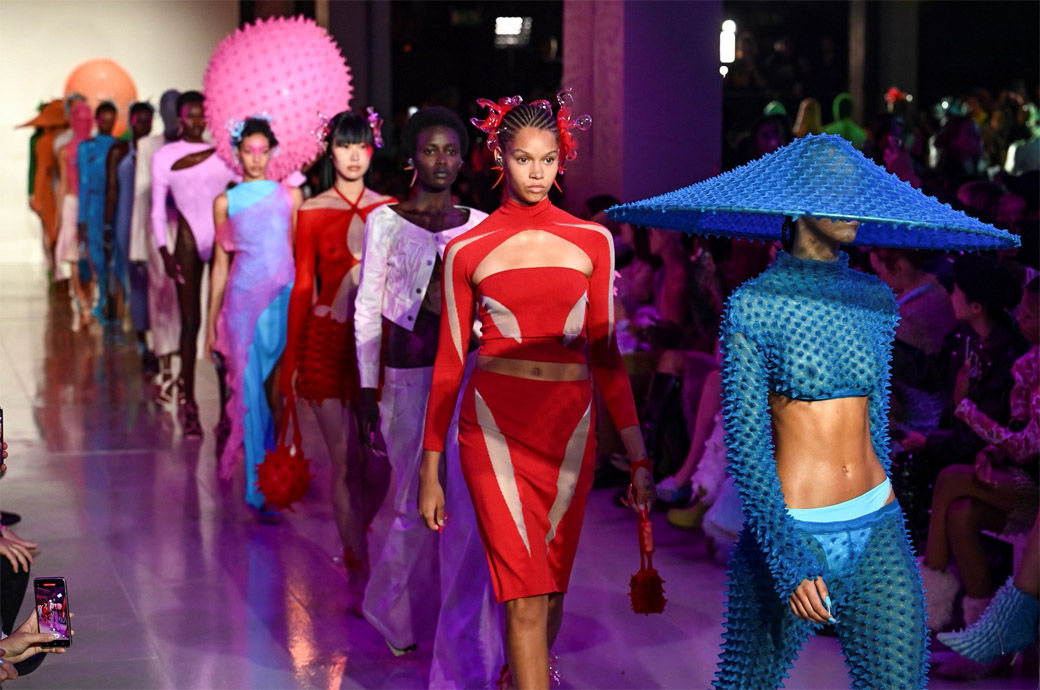Translated by
Nazia Bibi Keenoo
Published
September 24, 2025
With his characteristic emotional style and his poetic taxes to his native Sardinia, Antonio Marras organized a surprising spring/summer 2026 track in an unexpected location: the dazzling white skipping of Alghero. In this surreal backdrop, the models did not simply walk: they ran, played and uploaded salt dunes as carefree children who discovered snow for the first time.
Exploited by the salt dunes there were open books, evoking the literary inspiration behind the collection. Marras extracted from a real historical event: the visit of 1921 to the Sardinia by the British writer, poet and painter DH Lawrence, better known by Lady Chatterley's lover “, who traveled with his lover Frieda Von Richthofen, a German baroness. Although married to the English philologist Ernest Weekley, Frieda left her husband and children to follow Lawrence throughout Europe.
“We brought a story to the track that is in real and partly imagined. We add a stop in Alghero and its saline to Frieda and Lawrence's original trip, which led to the book Sea and Sardinia,” Marras told Fashionnet.com behind the stage. “But we didn't stop there: we imagined Frieda inviting all members of the Bloomsbury literary circle to join them, including Katherine Mansfield, Virginia Woolf and Ottoline Morrell.”

To dress the characters of this reinvented literary story, Marras described his collection as “a kind of kaleidoscope, composed of different moments, situations and emotional states born at different times. I love mixing volumes and styles, creating contrasts that at first seem not to be related, but finally recreate magic,” he explained.

The palette reflected that kaleidoscope: delicate and soft tones of lilacs, cadmium, pink, gold, ecru, violet, chocolate, plum, cream, dust, bronze and discolored black, with sand and copper touches. A wide variety of patterns added wealth: checks, jacquard stripes, ladies, lace, tartan, synthetic skin, polka dots, stripes, prince of Wales, cornel embroidery, geometric prints, pink motifs and faded tapestry effects. The floral prints, the flyers, the draped, the folds, the mounge, the inlays and the mosaic completed the visual history.

The silhouettes faced and hugged, some fluid and seductive, other androgynous and sharp. There were large tunics that conjured images of Gloria Swanson, and the knight coats suitable for Hercule Poirot. The male tailoring met with grandiose dresses, cocktail dresses, pajamas, layer, leather, denim and knitting garments that looked embroidered. Marras matched garments of men and women in identical fabrics, reinterpreted through different forms. The result was a mixture of traditions, clothing codes and artistic influences that formed a deeply personal and recognizable aesthetic.

Authentic Sardinian traditional garments were also presented: “Too beautiful to be reinterpreted, too important not to be shared,” said Marras. Among the most emotional moments of the program was the appearance of Giuseppe Ignazio Loi, a Sardinian pastor and actor in the film by Riccardo Milani La Vita Va Così. The film tells the true story of Loi's refusal to sell his land to an important real estate group, making it a symbol of love for roots and homeland.

The end of the program saw all the models return to the salt track, accompanied by the song “Questo Nostro Amore” by Rita Pavone. Marras walked with her arm with Giuseppe Ignazio Loi while the guests applauded, an appropriate ending for a track that merged memory, imagination, identity and love.
Copyright © 2025 Fashionnetwork.com All rights reserved.

